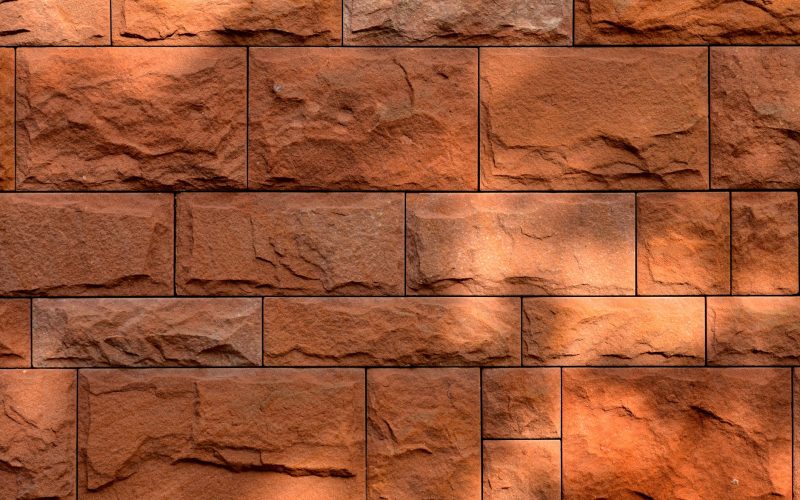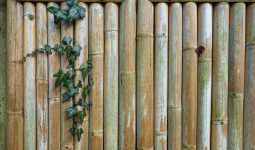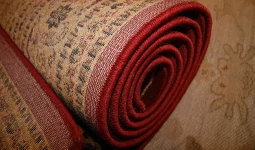Different types of brick are used regularly in commercial, industrial, and residential buildings because bricks are sturdy, long-lasting, and reasonably fireproof materials that can withstand heat.
Even for little masonry tasks like erecting an outdoor grill station, making supports for a garden bench, or installing a simple brick mailbox stand, the brick quality can make all the difference.
The choices when it comes to brick varieties might be daunting. However, there are a few crucial strategies for limiting your options and choosing the proper type of brick for your project.
Furthermore, color, texture, and form all affect appearance, but the brick’s relationship to the surrounding region may be just as essential.
You must also consider your money, making the selection even more difficult. In addition, to assist you in navigating brick buying for your build.
Our guide to varieties of brick looks at the possibilities available. How much do they cost, and when are they best utilized to help you navigate the process?
1. Burnt Clay Bricks
Burnt clay bricks are the most common and traditional bricks found in homes. When these reddish, hardened materials are mentioned, most people think of them.
They are made by pressing wet clay into rectangular molds and drying it. It can be red or brown, depending on where the clay was recovered.
Furthermore, because of their natural color palettes, they are among the most popular choices for construction—a beautiful wall or installing brick siding.
Burnt clay bricks, on the other hand, are generally more expensive than different types due to their beauty and quality. Nonetheless, they’re in high demand because of the natural color, depth, and texture they add to a flat home design.
2. First Class Bricks
In comparison, this is one of the different types of brick. This sort of brick is of high quality, made of high-quality clay.
These bricks are consistent in shape and size, and they feature smooth surfaces and sharp edges. First-class bricks are red, cherry, or copper and have been extensively burned.
When immersed in fresh water for 24 hours, they should not absorb more than 20% of their dry weight in water.
3. Second Class Bricks
The quality of these bricks is mediocre. Second-class bricks are one type of brick house with minor imperfections in their shape and size.
You use Ground molding to shape these bricks, and they don’t have sharp edges or flat surfaces because this type of brick is ground molding.
When immersed in fresh water for 24 hours, they should absorb no more than 22% of their dry weight in water.
4. Third Class Bricks
Third-class bricks are low-grade bricks. These bricks are either overbaked or underbaked. The size and shape of third-class bricks are irregular.
Furthermore, they feature rough surfaces and uneven edges. Ground molding is also used to shape these bricks, which are then burned in clamps. When immersed in fresh water for 24 hours, they should not absorb more than 25% of their dry weight in water.
5. Fourth Class Bricks
Fourth-class bricks are of poor quality and are fragile. As a result, they can’t be used in buildings. They are crushed and used as aggregates in brickbat concrete production.
They have often been used as coarse aggregates in the broken form in road building, foundations, and flooring.
6. Sand-Lime Bricks
Sand-lime bricks, commonly referred to as sand-lime bricks, are made from sand and lime. They are one of the most common types of bricks used in India and are used in various construction industries.
Furthermore, Sand-lime or calcium silicate bricks are used in artistic works, such as ornamental works in structures.
7. Concrete Bricks
On the other hand, concrete bricks have been increasingly popular due to their rough and damaged appearance.
They’re handy in various places of the house and have various purposes because they may be fashioned into various shapes. It’s worth noting, though, that while concrete is a relatively stable substance, it doesn’t withstand much pressure or weight.
As a result, they’re more commonly found on exterior fences and buried brickwork for aesthetic purposes.
8. Fly Ash Bricks
Fly ash (a fine gray powder made of spherical glassy particles that is a by-product of a coal-fired power plant), cement, and dust from sand and stone complete this brick form.
This brick is one of the different types of brick different from the regular bricks that we see and are becoming increasingly popular.
Furthermore, Fly ash bricks have a high strength that makes them easier to transport over long distances while also adding to the overall strength of your structure.
They’re also lightweight, fire-resistant, long-lasting, and attractive. However, the bricks are poor at absorbing heat, so they are only ideal for warmer climates.
9. Fire Bricks
They are also known as refractory bricks. This product was created using a newly designed earthing process. Its fire-resistant qualities allow it to sustain extremely high temperatures after being burned.
You can accomplish this without jeopardizing one’s desires, shape, or size or jeopardizing one’s strength. As a result, it is one of India’s most utilized types of bricks, particularly in rural and arid areas.
You utilize this type to line chimneys and furnaces with exceptionally high temperature rates.
10. Engineering Bricks
As the name implies, structural engineers love engineering bricks due to their high compressive strength and density, which makes them excellent load-bearing materials.
Engineering bricks also have a limited absorption capacity, which means they can’t absorb a lot of moisture, which helps to keep them from cracking, crumbling, or leaking.
Furthermore, the limited porosity makes these bricks more resistant to pollutants that ordinarily seep into masonry materials.
And corrode them from the inside. In addition, this is one of the different types of bricks commonly used to construct basement foundations, sewers, maintenance holes, and retaining walls due to their exceptional strength, density, chemical resistance, and water resistance.








